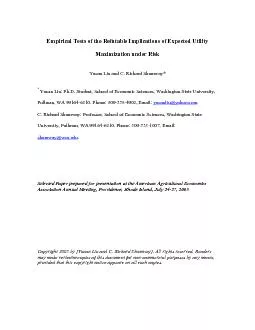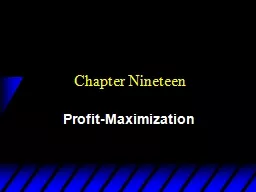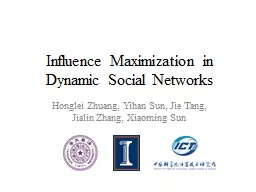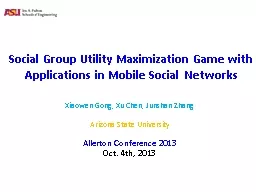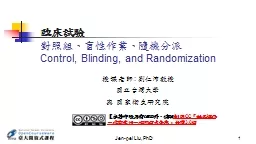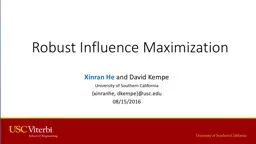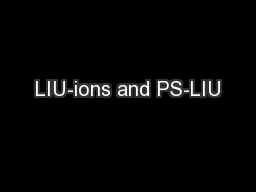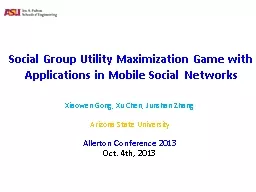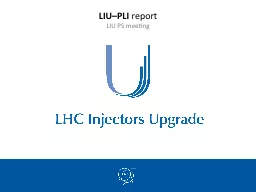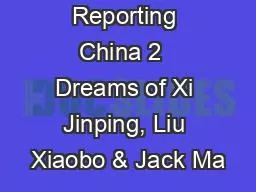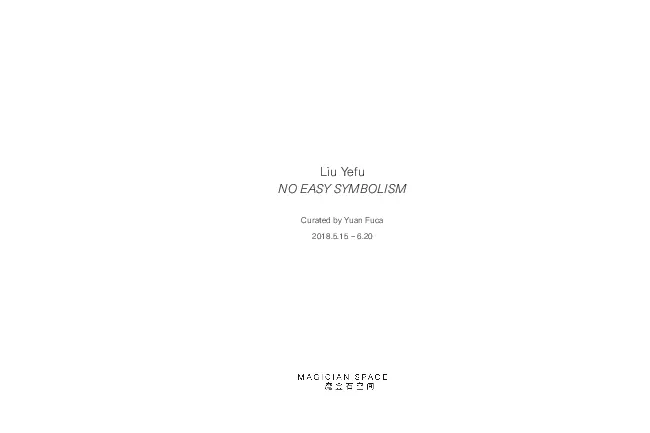PDF-plications of Expected Utility Maximization under Risk Yucan Liu and C
Author : debby-jeon | Published Date : 2015-10-07
C Richard Shumway Professor School of Economic Sciences Washington State University Pullman WA 991646210 Phone 5093351007 Email Selected Paper prepared for presentation
Presentation Embed Code
Download Presentation
Download Presentation The PPT/PDF document "plications of Expected Utility Maximizat..." is the property of its rightful owner. Permission is granted to download and print the materials on this website for personal, non-commercial use only, and to display it on your personal computer provided you do not modify the materials and that you retain all copyright notices contained in the materials. By downloading content from our website, you accept the terms of this agreement.
plications of Expected Utility Maximization under Risk Yucan Liu and C: Transcript
Download Rules Of Document
"plications of Expected Utility Maximization under Risk Yucan Liu and C"The content belongs to its owner. You may download and print it for personal use, without modification, and keep all copyright notices. By downloading, you agree to these terms.
Related Documents

